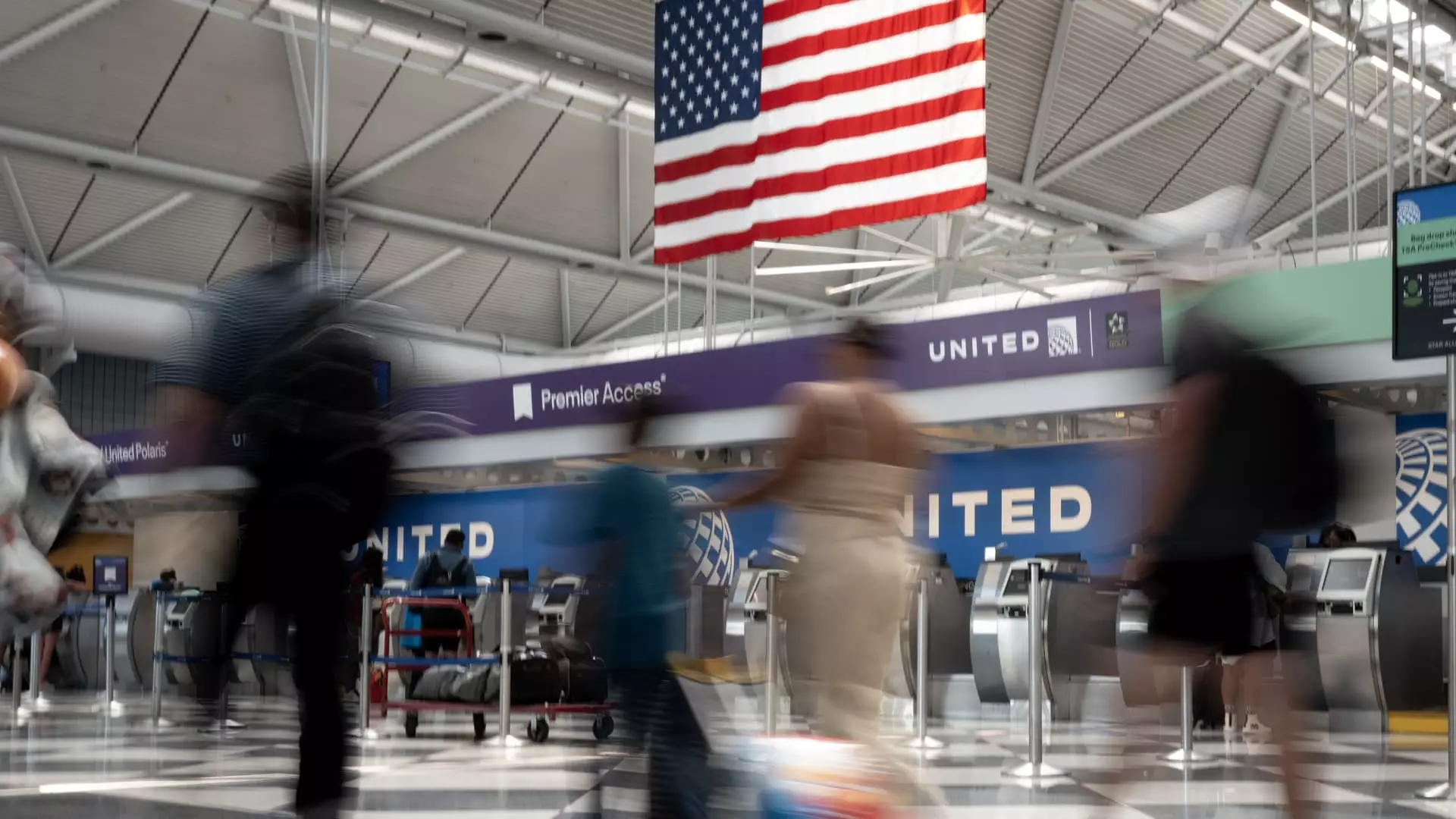The U.S. airline industry is currently facing a challenging situation where the record summer air travel demand is not translating into record profits for carriers. Despite some airlines forecasting record demand and revenue, higher labor and other costs have been eating into their bottom lines. This disconnect between demand and profitability is a significant concern that airlines will have to address when reporting quarterly results.
To adapt to slower demand growth and other challenges, some carriers have slowed down or even halted hiring compared to the hiring sprees they experienced when rebuilding after the pandemic. Additionally, delays in the delivery of new, more fuel-efficient aircraft from Airbus and Boeing, coupled with a Pratt & Whitney engine recall grounding dozens of jets, have added to the challenges faced by U.S. airlines. Despite these obstacles, airlines have increased capacity, flying about 6% more seats in July compared to the same period in 2023.
The financial performance of U.S. airlines is reflected in the stock market, where the NYSE Arca Airline Index, tracking 16 mostly U.S. airlines, has declined by almost 19% this year, while the S&P 500 index has seen a more than 16% increase. Analysts are uncertain about what the third quarter will look like for airlines due to various headwinds, such as potentially weaker spending from coach-class clientele, the impact of the Paris Olympics on Europe bookings, and changes in corporate travel demand.
Delta Air Lines, considered to be one of the best-performing airlines, stands out thanks to its success in marketing more expensive premium seats and its lucrative deal with American Express. United Airlines and Alaska Airlines are also top picks for analysts due to their lower earnings risk and better free cash flow compared to other carriers. These three airlines have seen their shares rise this year, despite the overall sector decline.
The summer season has seen airports bustling with nearly 3 million people passing through U.S. airport checkpoints on a single day in June, setting a new record. Airlines have responded by expanding their schedules both domestically and internationally, leading to lower fares. Despite the higher number of passengers, some carriers have reported weaker sales due to the increased number of flights, such as American Airlines, which cut its revenue and profit forecasts for the second quarter.
Airlines like Southwest Airlines are facing pressure to adapt their long-standing business models to meet changing customer needs and preferences. Southwest, known for its no assigned seating and one class of service model, is now competing with big rivals like United and Delta for growth in premium cabins. The airline is also responding to demands from activist investors for leadership changes by exploring new revenue initiatives.
Some money-losing carriers, like JetBlue Airways and Frontier Airlines, have already started making changes to improve their financial performance. JetBlue has been cutting unprofitable flights and optimizing its high-end business cabin routes, while Frontier and Spirit Airlines have eliminated change fees for standard coach tickets. In response to industry trends, budget airlines are now offering bundled fares that include seat assignments and other add-ons that were previously charged separately.
As the U.S. airline industry navigates through a complex operating environment with various challenges and market uncertainties, it is essential for carriers to remain adaptable and agile in their strategies. The future outlook for airlines will depend on their ability to address the current issues effectively, capitalize on emerging opportunities, and maintain a competitive edge in a rapidly changing market landscape.
The U.S. airline industry is currently at a critical juncture, with airlines facing multiple challenges in translating record demand into profits. By understanding the factors influencing the industry and implementing strategic initiatives to address these issues, airlines can position themselves for sustainable growth and success in the long run.

